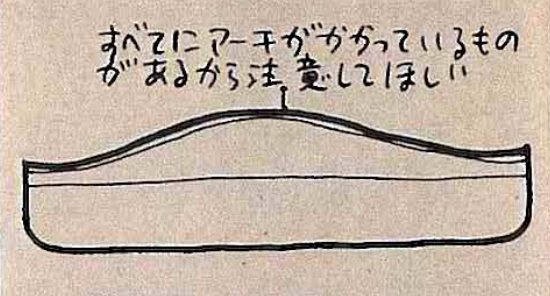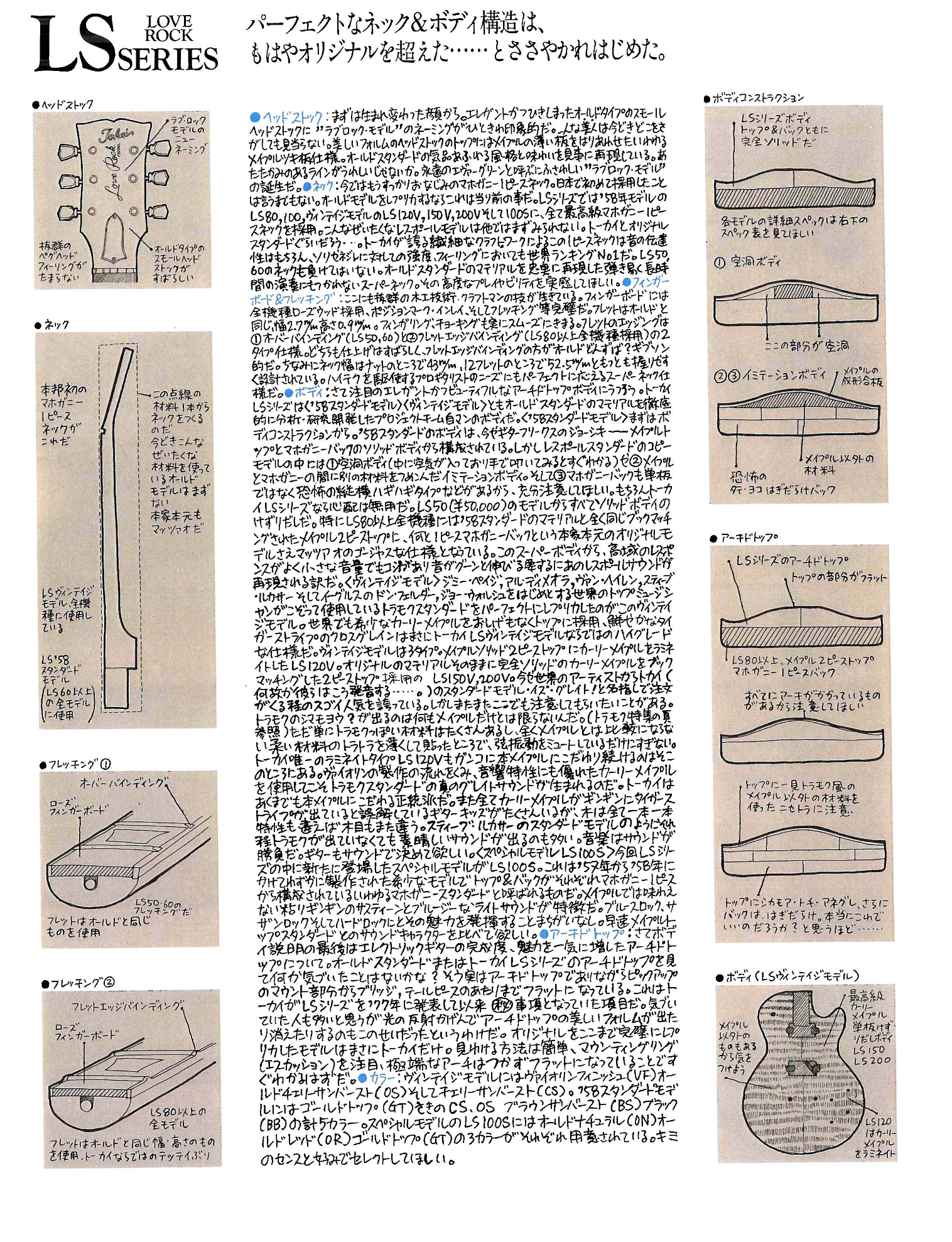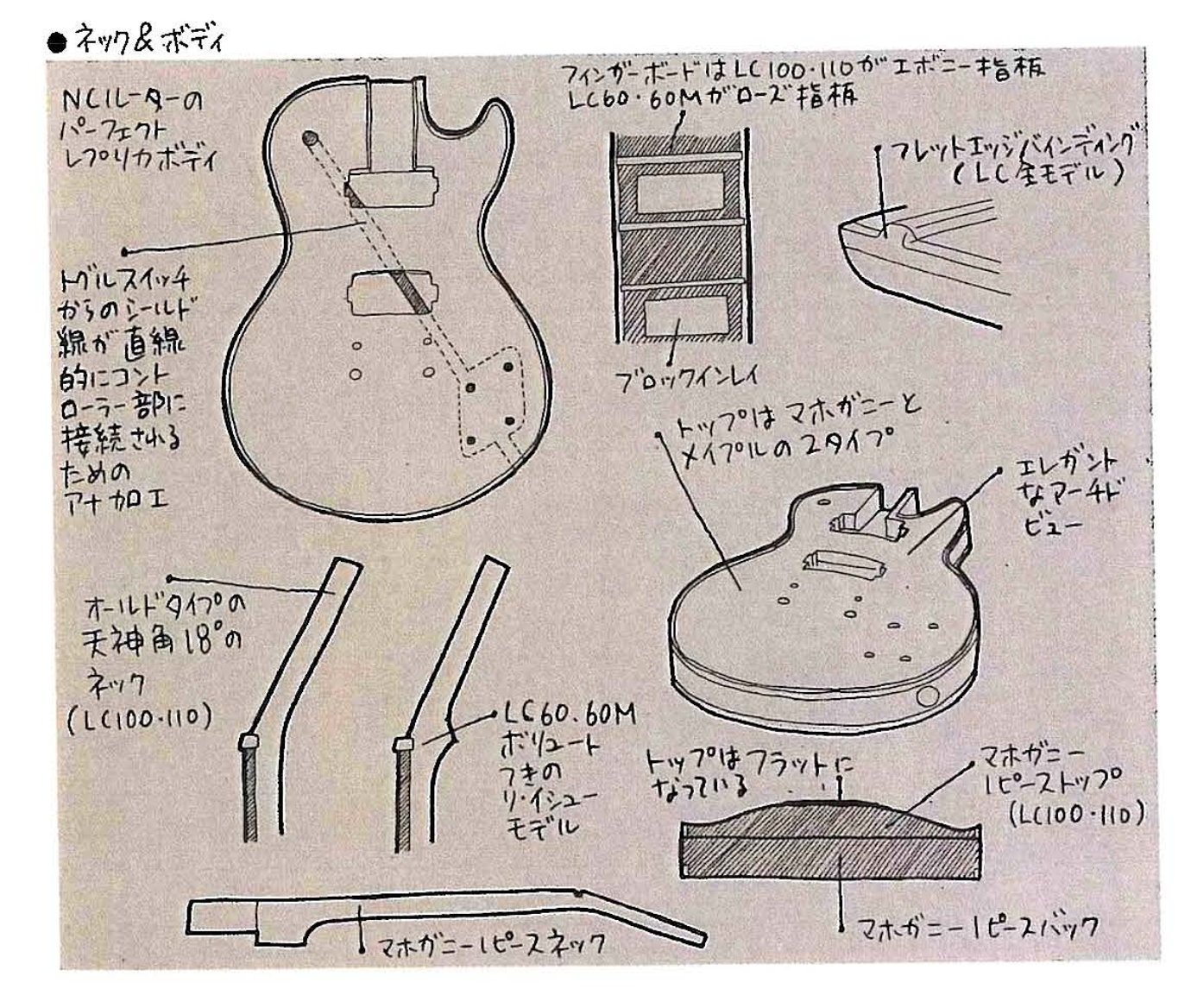mdvineng
Well-known member
LS100S gt were made exactly the same as other ls100s models whether OR, ON or GT and according to Peter's book solid body with solid Mahogany top. The same body was also used on LC100 and 110 models.

mdvineng said:LS100S gt were made exactly the same as other ls100s models whether OR, ON or GT and according to Peter's book solid body with solid Mahogany top. The same body was also used on LC100 and 110 models.
mdvineng said:Offered for 2yrs only in Old Red, Gold Top and Old Natural. S is for solid and from Peter's book " 1 piece carved Mahogany body" not capped then. Dimarzio pups as std.
HAMAMATSU said:8) just read the 1981 tokai catalog spec chart and about the LS100S. the LS100S (Solid) has a 1 piece mahogany top & 1 piece mahogany back construction on all the colors available then. GT & OR & ON?
Sigmania said:mdvineng said:Offered for 2yrs only in Old Red, Gold Top and Old Natural. S is for solid and from Peter's book " 1 piece carved Mahogany body" not capped then. Dimarzio pups as std.
I was going by this information until I looked and discovered these have a cap as settebello said.
And note it says “Mahogany body“. Nothing about the top.
mdvineng said:https://www.vintagejapanguitars.com.br/en/tokai-1982-catalogue/
See page 31
mdvineng said:Just reading through Peter's book on the LC models. The LC60 had a 2 piece Mahogany top and the 100/110 had 1 piece Mahogany top just like the LC100S.
guitar hiro said:mdvineng said:Just reading through Peter's book on the LC models. The LC60 had a 2 piece Mahogany top and the 100/110 had 1 piece Mahogany top just like the LC100S.
if anyone looks at my post from Fri Dec 18, 2020 7:55 PM which is currently the last post on page three of this thread, the implication is the same.
Page 5 from the 1981 catalog demonstrates this for the Mahogany version LS model via the cross section diagram.
Page 8 from the 1981 catalog demonstrates this for the 100 & 110 LC models via the cross section diagram.
No one needed a book to figure this out.


Sigmania said:guitar hiro said:mdvineng said:Just reading through Peter's book on the LC models. The LC60 had a 2 piece Mahogany top and the 100/110 had 1 piece Mahogany top just like the LC100S.
if anyone looks at my post from Fri Dec 18, 2020 7:55 PM which is currently the last post on page three of this thread, the implication is the same.
Page 5 from the 1981 catalog demonstrates this for the Mahogany version LS model via the cross section diagram.
Page 8 from the 1981 catalog demonstrates this for the 100 & 110 LC models via the cross section diagram.
No one needed a book to figure this out.
guitar hiro, can you tell me what it says on the diagram next to this picture? I don't read Japanese and not able to use google translate with photos it seems.

Thanks in advance!
Sigmania said:And page 8 from the 1981 catalog for reference, image for LC guitars.

guitar hiro said:Sigmania said:guitar hiro said:if anyone looks at my post from Fri Dec 18, 2020 7:55 PM which is currently the last post on page three of this thread, the implication is the same.
Page 5 from the 1981 catalog demonstrates this for the Mahogany version LS model via the cross section diagram.
Page 8 from the 1981 catalog demonstrates this for the 100 & 110 LC models via the cross section diagram.
No one needed a book to figure this out.
guitar hiro, can you tell me what it says on the diagram next to this picture? I don't read Japanese and not able to use google translate with photos it seems.

Thanks in advance!
Sorry, I don't read the Japanese language but TF member 'wulfman' does.
As I stated to member 'mdvineng' in another thread http://www.tokaiforum.com/viewtopic.php?f=2&t=25578 the PDFs that the Tokai catalogs are in don't allow for a 'copy & paste' so, that one could put that into a translator.
But one has to be observant & to ask themselves, what is the implication of the cross section diagram demonstrating a single piece back, with a single piece top, on the LS catalog page? The implication must be that is the cross section diagram for the LS100S. It is an inferred, logical conclusion; nothing more.
The mystery could be confirmed, or it could be demolished, by someone that actually reads Japanese but that likely isn't necessary.
Enter your email address to join: